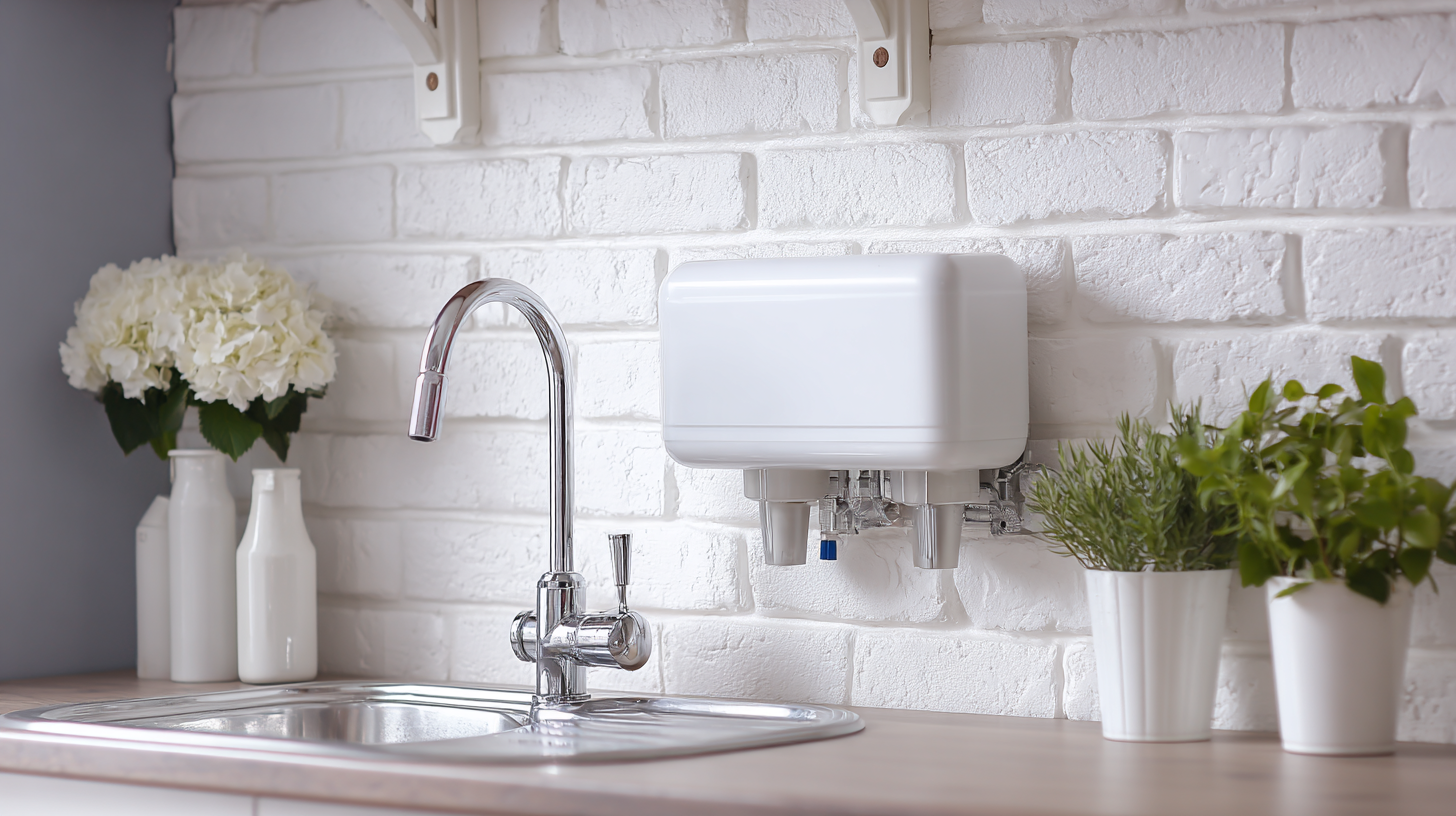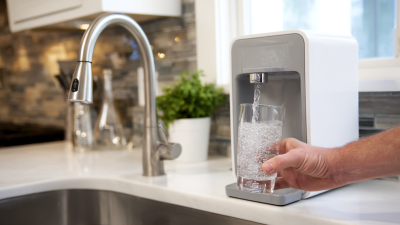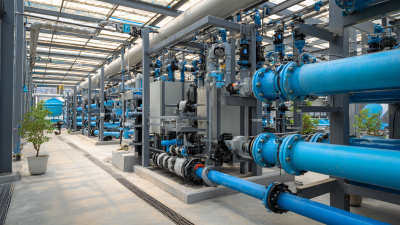Contaminant Comparison Chart
For a complete list of contaminants that PUR filters reduce, please view our Performance Data Sheets here.
|
|
PUR & PUR PLUS FAUCET FILTERS |
PUR PLUS PITCHER FILTERS |
PUR BASIC PITCHER FILTERS |
|
Vs. Brita* |
 |
 |
 |
| Lead | ✓ | ✓ | |
| Microplastics | ✓ | ✓ | |
| Mercury | ✓ | ✓ | ✓ |
| Chlorine Taste & Odor | ✓ | ✓ | ✓ |
| DEET | ✓ | ||
| TTHM | ✓ |
PUR’s Filtration Systems Are Certified By NSF And WQA For Their Contamination Reduction. WQA certifications as of 5/27/21 for Faucet filter models RF-3375 and RF-9999.
¹ Certified to reduce 10X more chemical and physical substances than Brita’s® leading pitcher filter.
² Certified to reduce 3X more chemical and physical substances than Brita’s® leading pitcher filter.
³ Certified to reduce 2X more chemical and physical substances than Brita’s® leading pitcher filter.
*Versus best-selling Brita® pitcher filter OB03. Brita® is a trademark of Brita LP.
**Like other leading brands, PUR does not filter microbes. As of 3/1/23 Brita® and ZeroWater® were not certified to filter microbes. Brita® is a trademark of Brita LP. ZeroWater® is a trademark of Zero Technologies, LLC..
PUR & PUR PLUS FAUCET FILTERS
|
PUR & PUR PLUS FAUCET FILTERS |
|
|
Vs. Brita* |
 |
| Lead | ✓ |
| Microplastics | ✓ |
| Mercury | ✓ |
| Chlorine Taste & Odor | ✓ |
| DEET | ✓ |
| TTHM | ✓ |
PUR’s Filtration Systems Are Certified By NSF And WQA For Their Contamination Reduction. WQA certifications as of 5/27/21 for Faucet filter models RF-3375 and RF-9999.
¹ Certified to reduce 10X more chemical and physical substances than Brita’s® leading pitcher filter.
² Certified to reduce 3X more chemical and physical substances than Brita’s® leading pitcher filter.
³ Certified to reduce 2X more chemical and physical substances than Brita’s® leading pitcher filter.
*Versus best-selling Brita® pitcher filter OB03. Brita® is a trademark of Brita LP.
**Like other leading brands, PUR does not filter microbes. As of 3/1/23 Brita® and ZeroWater® were not certified to filter microbes. Brita® is a trademark of Brita LP. ZeroWater® is a trademark of Zero Technologies, LLC..
PUR PLUS PITCHER FILTERS
|
PUR PLUS PITCHER FILTERS View Filter |
|
|
Vs. Brita* |
 |
| Lead | ✓ |
| Microplastics | ✓ |
| Mercury | ✓ |
| Chlorine Taste & Odor | ✓ |
| DEET | |
| TTHM | |
PUR’s Filtration Systems Are Certified By NSF And WQA For Their Contamination Reduction. WQA certifications as of 5/27/21 for Faucet filter models RF-3375 and RF-9999.
¹ Certified to reduce 10X more chemical and physical substances than Brita’s® leading pitcher filter.
² Certified to reduce 3X more chemical and physical substances than Brita’s® leading pitcher filter.
³ Certified to reduce 2X more chemical and physical substances than Brita’s® leading pitcher filter.
*Versus best-selling Brita® pitcher filter OB03. Brita® is a trademark of Brita LP.
**Like other leading brands, PUR does not filter microbes. As of 3/1/23 Brita® and ZeroWater® were not certified to filter microbes. Brita® is a trademark of Brita LP. ZeroWater® is a trademark of Zero Technologies, LLC..
PUR BASIC PITCHER FILTERS
|
PUR BASIC PITCHER FILTERS |
|
|
Vs. Brita* |
 |
| Lead | |
| Microplastics | |
| Mercury | ✓ |
| Chlorine Taste & Odor | ✓ |
| DEET | |
| TTHM | |
PUR’s Filtration Systems Are Certified By NSF And WQA For Their Contamination Reduction. WQA certifications as of 5/27/21 for Faucet filter models RF-3375 and RF-9999.
¹ Certified to reduce 10X more chemical and physical substances than Brita’s® leading pitcher filter.
² Certified to reduce 3X more chemical and physical substances than Brita’s® leading pitcher filter.
³ Certified to reduce 2X more chemical and physical substances than Brita’s® leading pitcher filter.
*Versus best-selling Brita® pitcher filter OB03. Brita® is a trademark of Brita LP.
**Like other leading brands, PUR does not filter microbes. As of 3/1/23 Brita® and ZeroWater® were not certified to filter microbes. Brita® is a trademark of Brita LP. ZeroWater® is a trademark of Zero Technologies, LLC..

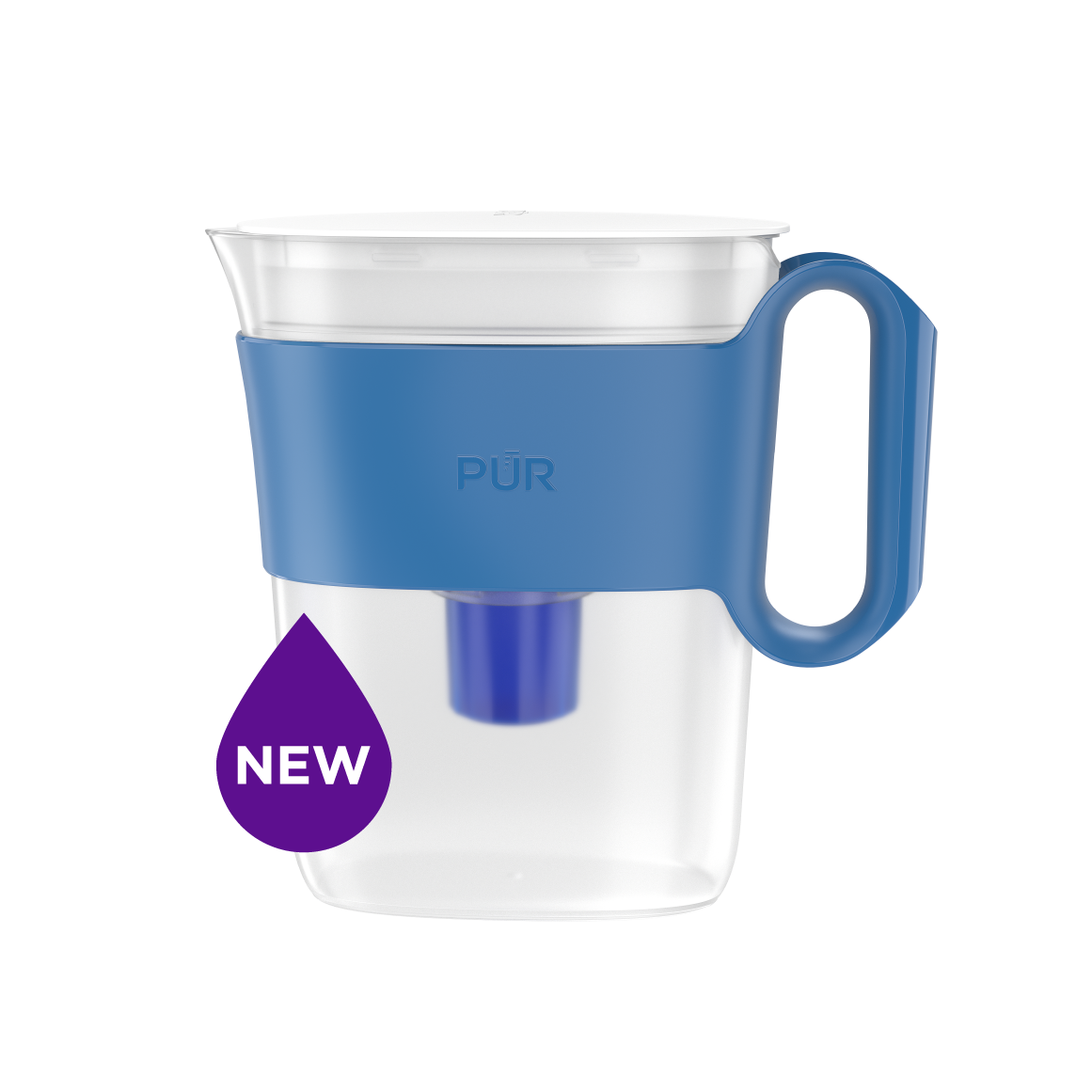
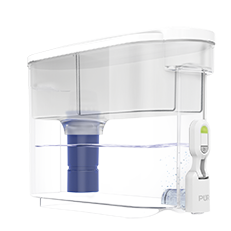
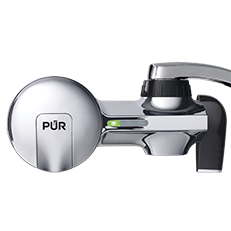

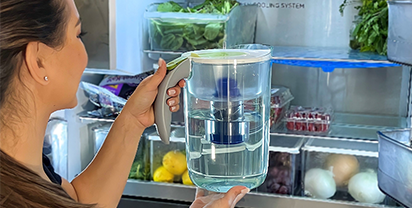
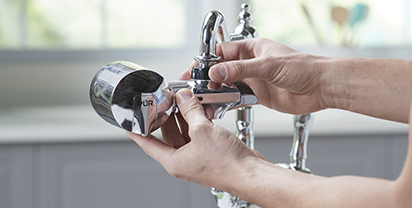
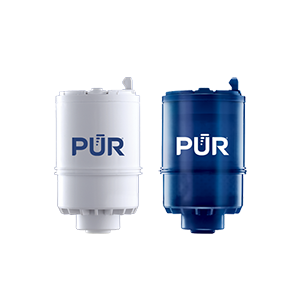

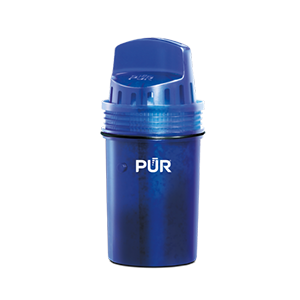
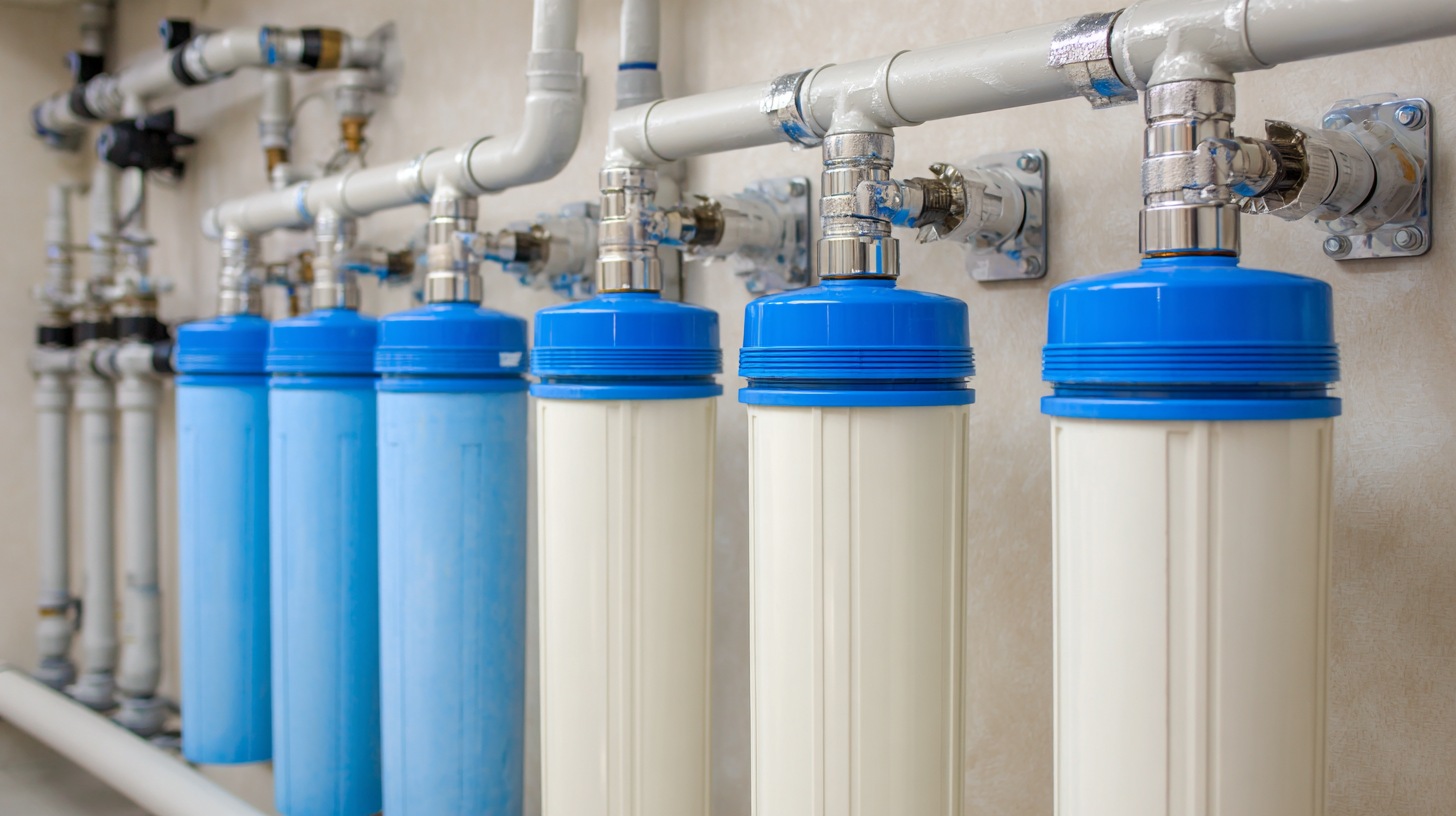
 Undersink water filter systems have become increasingly popular due to their ability to deliver cleaner, better-tasting water directly from the tap. According to the Water Quality Association, nearly 70% of American households rely on some form of water treatment, with undersink filters being among the most effective solutions. These systems not only remove harmful contaminants such as lead, chlorine, and bacteria but also improve the overall taste and odor of drinking water, making it a preferred choice for many households.
Undersink water filter systems have become increasingly popular due to their ability to deliver cleaner, better-tasting water directly from the tap. According to the Water Quality Association, nearly 70% of American households rely on some form of water treatment, with undersink filters being among the most effective solutions. These systems not only remove harmful contaminants such as lead, chlorine, and bacteria but also improve the overall taste and odor of drinking water, making it a preferred choice for many households.